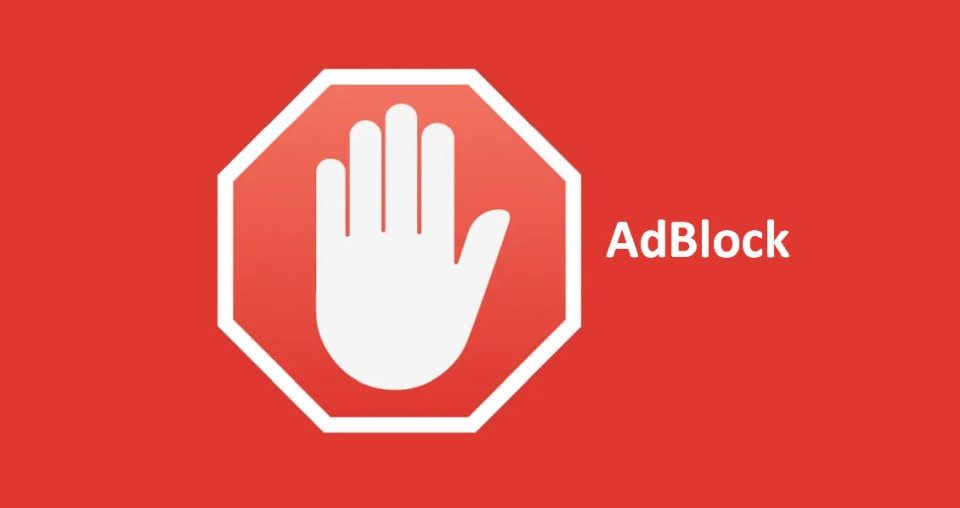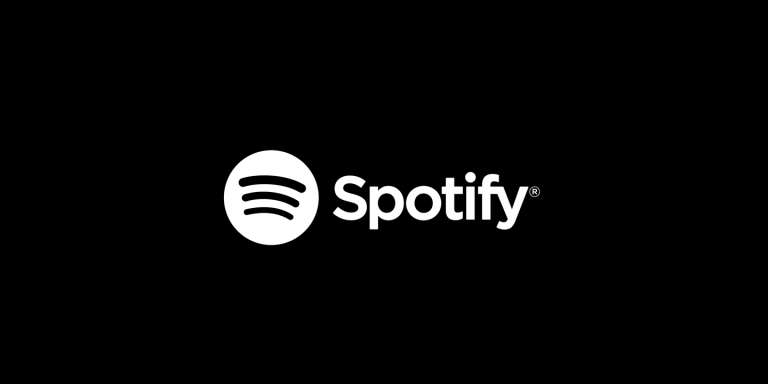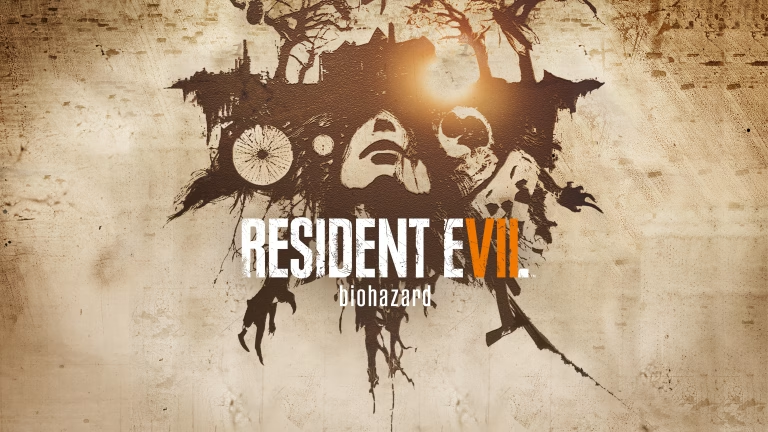
In an era where information is predominantly accessed online, the tools we use to navigate this digital landscape have a profound impact. Ad blockers, software designed to prevent advertisements from appearing on web pages, have surged in popularity, promising users a faster, cleaner, and less intrusive Browse experience. While these immediate user benefits are undeniable, a deeper examination reveals a more complex and arguably detrimental consequence for the very fabric of the internet as we know it.
The Fundamental Exchange: Understanding the Ad-Supported Internet 💰
Before dissecting the damage, it’s crucial to understand the foundational economic model that has allowed the internet to flourish with an abundance of freely accessible content. For a vast majority of websites – from burgeoning blogs and independent news outlets to large media corporations and community forums – advertising is not merely a supplementary income stream; it is the primary, and often sole, source of revenue.
Content creation, whether it’s a well-researched journalistic piece, an insightful tutorial, entertaining video content, or a meticulously maintained database, requires significant investment. This includes:
- Time and Labor: Hours spent researching, writing, editing, designing, filming, and coding.
- Operational Costs: Web hosting, domain registration, software licenses, equipment (cameras, microphones, computers).
- Professional Expertise: Salaries for writers, editors, developers, designers, moderators, and support staff.
- Innovation and Improvement: Investing in new technologies, platform upgrades, and user experience enhancements.
In the traditional model, users „pay” for this content not with direct monetary transactions for every article read or video watched, but by viewing advertisements. Advertisers, in turn, pay content creators for the opportunity to reach their audience. This symbiotic relationship, while not always perfect, has fueled an unprecedented explosion of information and services available at no direct cost to the end-user. Ad blockers fundamentally disrupt this exchange.
The Crippling Impact on Content Creators and Publishers 📉
The most direct and severe consequence of ad blocker usage is the drastic reduction in revenue for content creators and publishers. When an ad is blocked, the publisher does not get paid for that impression or potential click. Multiply this by millions of users employing ad blockers, and the financial implications become staggering.
-
Depletion of Financial Resources: For many online entities, especially smaller, independent creators or niche websites, ad revenue is the lifeline that keeps them afloat. As this revenue stream dwindles due to ad blocking, they face difficult choices:
- Reduced Content Output: They may no longer afford to produce content as frequently or as in-depth as before.
- Lower Content Quality: Cost-cutting measures can lead to less thorough research, fewer editorial checks, and a decline in the overall quality of information provided.
- Staff Layoffs: Publishers, particularly news organizations that rely on journalists, editors, and technical staff, may be forced to reduce their workforce, impacting livelihoods and the ability to cover diverse topics comprehensively.
- Inability to Invest: Funds that could have been used for technological upgrades, better user experience design, or expanding into new content areas are no longer available.
- Complete Shutdown: In a worst-case scenario, particularly for smaller operators, the financial unsustainability caused by ad blockers can lead to the complete cessation of their operations, silencing unique voices and removing valuable resources from the web.
-
The Threat to Quality Journalism and Niche Content: Investigative journalism, local news coverage, and specialized niche content are particularly vulnerable. These forms of content are often expensive to produce and may not attract the massive audiences that mainstream entertainment sites do. Ad revenue, even if modest, can be critical for their survival. As ad blockers erode this income, the economic viability of providing such public-interest or specialized content diminishes. This can lead to:
- An increase in „clickbait” and sensationalized content designed purely to maximize page views from non-ad-blocking users, rather than providing substantive information.
- A reduction in diverse perspectives, as smaller, independent voices struggle to compete with larger, better-funded entities or those who can more easily implement alternative revenue models.
- The creation of „news deserts” where local communities lose access to reliable information about their own regions because local news outlets can no longer sustain themselves financially. The Reuters Institute for the Study of Journalism often publishes reports touching upon the financial sustainability of news.
-
The Rise of Paywalls and Subscription Fatigue: Faced with declining ad revenue, many publishers are forced to seek alternative monetization strategies. The most common is the implementation of paywalls, requiring users to pay a subscription fee to access content. While this can be a viable model for some, it has several drawbacks:
- Reduced Accessibility: Information that was once freely available becomes locked behind a financial barrier, potentially creating a knowledge gap between those who can afford to pay and those who cannot.
- Subscription Fatigue: Users are increasingly bombarded with subscription requests for various services (streaming, software, news). There’s a limit to how many subscriptions an individual is willing or able to pay for, leading to selective access and potentially missing out on valuable information.
- Exacerbation of the Problem for Smaller Players: Large, well-established brands may successfully convert readers to subscribers, but smaller or newer sites often lack the brand recognition or perceived value to make paywalls work, further disadvantaging them.
The Broader Detriment to the Digital Ecosystem 🌐
The harm caused by ad blockers extends beyond individual content creators, impacting the wider digital economy and the nature of online innovation.
-
Stifling Innovation in Advertising (and Content): While intrusive and poorly implemented ads are a genuine problem (and a key driver for ad blocker adoption), blocking all ads indiscriminately also hinders the development of better, more relevant, and less intrusive advertising formats. The ad industry is, or at least should be, incentivized to create ad experiences that users find acceptable or even valuable. Widespread ad blocking reduces the incentive for such innovation, as even well-designed ads get caught in the dragnet. This can ironically lead to publishers who do manage to get ads through (or who use methods to bypass blockers) resorting to even more aggressive tactics out of desperation.
-
Negative Impact on Advertisers and Businesses: Advertisers, including small businesses and startups, rely on online advertising to reach potential customers, launch new products, and grow their operations. When ads are blocked:
- Their marketing messages fail to reach their target audiences, reducing the effectiveness of their campaigns.
- They may need to spend more on other, potentially less efficient, marketing channels.
- Small businesses, which often have limited marketing budgets and rely heavily on cost-effective online ads, are disproportionately affected. This can stifle competition and make it harder for new entrants to gain visibility.
-
The „Tragedy of the Commons” Scenario: The internet, with its wealth of free content, can be seen as a digital „commons.” Each individual user might feel their use of an ad blocker has a negligible impact. However, when millions or hundreds of millions of users adopt ad blockers, the collective effect is substantial. This is a classic „tragedy of the commons” situation, where a shared resource (ad-supported free content) is depleted by individuals acting in their own perceived self-interest, ultimately harming everyone who benefits from that resource. If the ad-supported model collapses, the internet could become a far more fragmented and pay-gated environment.
-
Erosion of an Implicit Agreement: For years, an implicit agreement existed: users receive free content and services in exchange for exposure to advertising. Ad blockers unilaterally break this agreement. While users have every right to control their Browse experience, the widespread circumvention of the primary funding mechanism for free content has ethical implications that are often ignored. It is akin to consuming a product or service without paying the asked price, however indirect that price (ad-viewership) might be.
Are There „Good” Ads or Acceptable Solutions? The Blocker’s Blunt Instrument Approach
It’s important to acknowledge that not all advertising is created equal. Pop-ups, auto-playing videos with sound, malware-laden ads (malvertising), and overly intrusive trackers are legitimate grievances that have fueled the ad blocker movement. However, many ad blockers operate as a blunt instrument, blocking virtually all ads regardless of their nature or the practices of the publisher.
Initiatives like the „Acceptable Ads” standard attempt to find a middle ground by allowing certain non-intrusive ad formats by default, giving users the option to disable these too, but also providing a pathway for publishers who adhere to these standards to still generate revenue. However, the very existence of such initiatives underscores the financial pain ad blockers inflict – they are a response to try and salvage some revenue.
Even so, the core issue remains: if a website is providing value, the resources to create that value must come from somewhere. If not from advertising seen by the majority of its audience, the alternatives are often less palatable for open access to information.
The Future Landscape: A Less Free, Less Diverse Internet? 🤔
If the trend of widespread ad blocker usage continues unchecked without a significant shift in how online content is funded, the internet could look very different in the future:
- More Paywalls: As discussed, this is the most direct alternative, limiting access to information.
- Increased Sponsored Content/Native Advertising: While not inherently bad, the lines between editorial and advertising can become blurred, potentially eroding trust if not handled transparently. Publishers may become more reliant on this, making it harder for users to distinguish independent content from paid promotions.
- Dominance of Mega-Platforms: Only the largest corporations with diverse revenue streams (e.g., e-commerce, hardware, subscription services alongside advertising) might be able to consistently offer high-quality „free” content, leading to less diversity and more centralized control of information.
- Data as an Even More Explicit Commodity: Publishers might be forced to rely more heavily on collecting and selling user data if display advertising becomes untenable, raising further privacy concerns – an ironic outcome given that privacy is often cited as a reason for using ad blockers.
While ad blockers offer individual users tangible benefits in the short term, their collective, long-term impact is profoundly damaging to the ecosystem that provides the free content they consume. They undermine the financial viability of countless content creators, threaten the quality and diversity of information online, and push the internet towards a model where access is increasingly restricted by ability to pay. The convenience of an ad-free experience comes at a significant, albeit often hidden, cost to the digital world we have come to rely on. A thoughtful consideration of these consequences is essential for any internet user.















